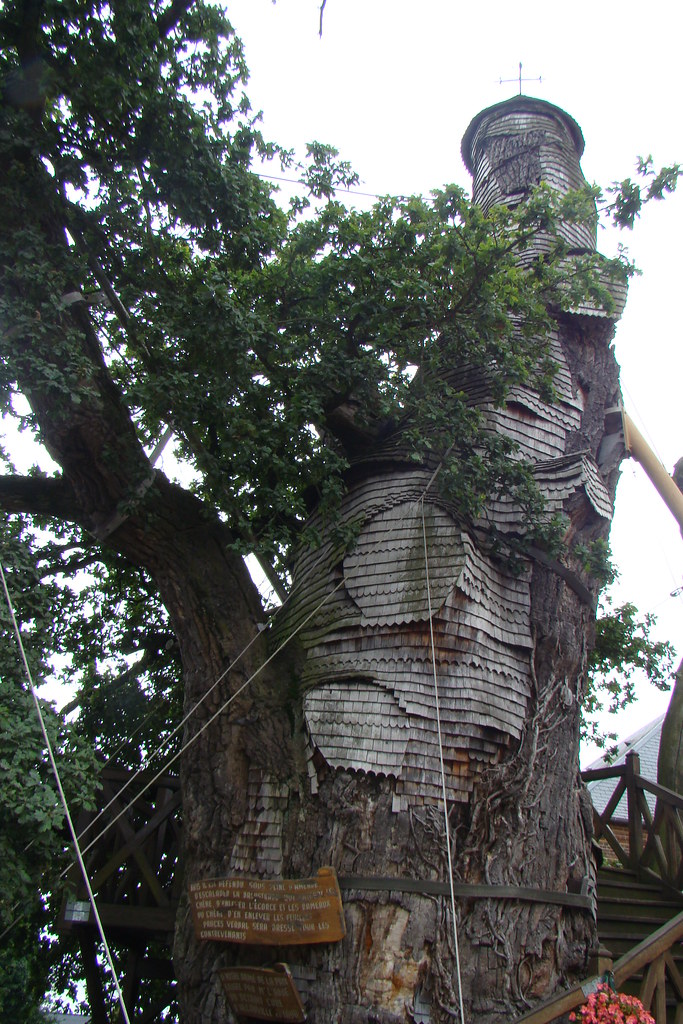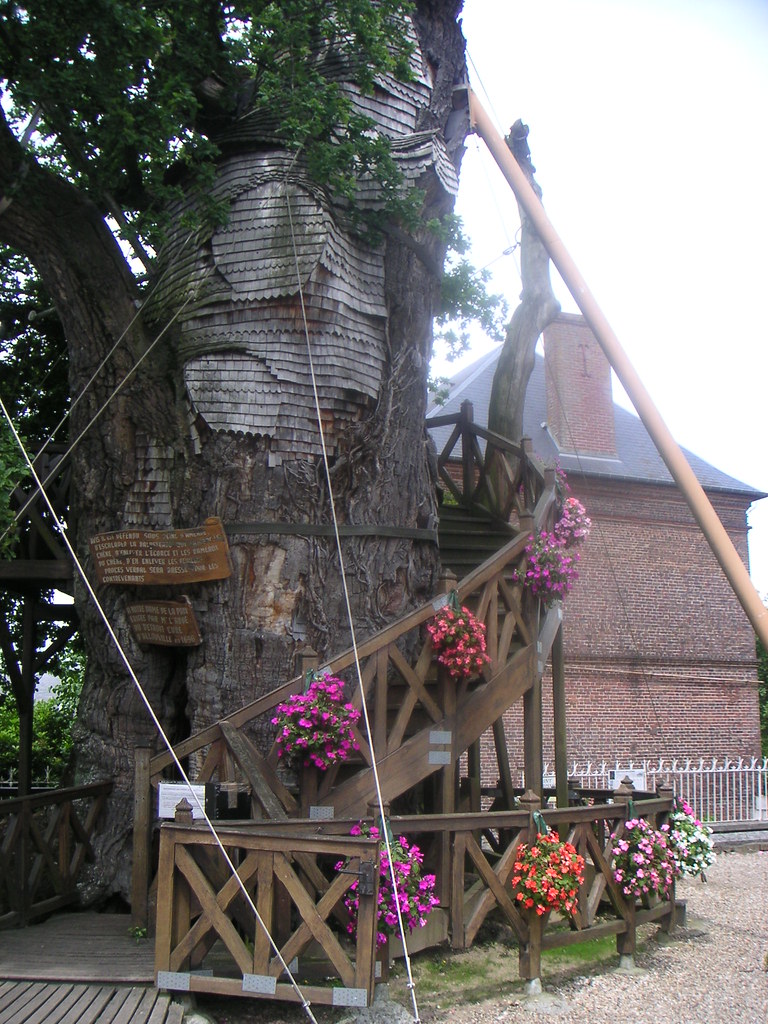Caffeine: How much is too much?
Caffeine has its perks, but it can pose problems, too. Find out how much is too much and if you need to curb your consumption.
If you rely on caffeine to wake you up and keep you going, you aren't alone. Caffeine stimulates the central nervous system, alleviating fatigue, increasing wakefulness, and improving concentration and focus.
When to consider cutting back
For most healthy adults, moderate doses of caffeine — 200 to 300 milligrams (mg), or about two to four cups of brewed coffee a day — aren't harmful. But some circumstances may warrant limiting or even ending your caffeine routine. Read on to see if any of these apply to you.
You drink 4 or more cups a day
Although moderate caffeine intake isn't likely to cause harm, too much can lead to some unpleasant effects. Heavy daily caffeine use — more than 500 to 600 mg a day — may cause:
- Insomnia
- Nervousness
- Restlessness
- Irritability
- Stomach upset
- Fast heartbeat
- Muscle tremors
Even a little makes you jittery
Some people are more sensitive to caffeine than are others. If you're susceptible to the effects of caffeine, just small amounts — even one cup of coffee or tea — may prompt unwanted effects, such as restlessness and sleep problems.
How you react to caffeine may be determined in part by how much caffeine you're used to drinking. People who don't regularly drink caffeine tend to be more sensitive to its negative effects. Other factors may include body mass, age, medication use and health conditions such as anxiety disorders. Research also suggests that men are more susceptible to the effects of caffeine than are women.


























































